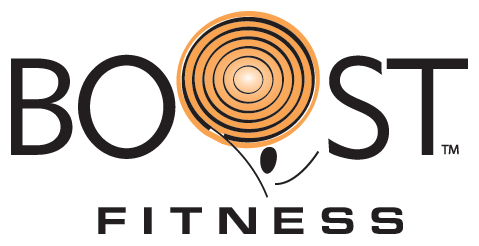
10 minutes to Fitness
Getting in to the club, or starting a workout program can be a challenge - especially in the summer. Becoming physically fit doesn’t take as much time as you think. If you are thinking about starting a fitness program but don’t know where to start, here are a few simple exercises you can do at home.
Squats Keeping feet hip width apart, bend at your knees squeezing glutes and keeping shoulders square, return to start position and repeat. Do 15 – 20 reps working up to 3 sets. Exercising your legs is a great way to burn calories as developing the largest muscle groups has been proven to increase metabolism.
Wall push ups Stand facing a wall and ex¬tend your arms in front of you. Lean forward slightly and place your palms against the surface. Bend your elbows until your nose nearly touches the wall. Push back out to start. That's one rep. Do two to three sets of 15.
These are a great way to build upper body strength and work many muscles at one time.
Bicycle Crunches Lie on your back and lift your knees up to your chest. Put your hands behind your ears. Point your toes. Squeeze your abs and press your back flat into the floor. Lift your shoulders off the floor and twist to the right. At the same time, extend your left leg straight out. Now, twist to the left and switch legs. Your left leg should now be bent and your right leg straight. Continue twisting your shoulders and switching your legs as if you were pedaling a bicycle.. Start with 10 twists per side, or 20 in total. Keep the low back pressed down the entire time. Work at a moderate speed.
For more information, or to schedule a free consultation with a Boost Professional Personal Trainer, please email us at info@myboostfitness.com
Getting in to the club, or starting a workout program can be a challenge - especially in the summer. Becoming physically fit doesn’t take as much time as you think. If you are thinking about starting a fitness program but don’t know where to start, here are a few simple exercises you can do at home.
Squats Keeping feet hip width apart, bend at your knees squeezing glutes and keeping shoulders square, return to start position and repeat. Do 15 – 20 reps working up to 3 sets. Exercising your legs is a great way to burn calories as developing the largest muscle groups has been proven to increase metabolism.
Wall push ups Stand facing a wall and ex¬tend your arms in front of you. Lean forward slightly and place your palms against the surface. Bend your elbows until your nose nearly touches the wall. Push back out to start. That's one rep. Do two to three sets of 15.
These are a great way to build upper body strength and work many muscles at one time.
Bicycle Crunches Lie on your back and lift your knees up to your chest. Put your hands behind your ears. Point your toes. Squeeze your abs and press your back flat into the floor. Lift your shoulders off the floor and twist to the right. At the same time, extend your left leg straight out. Now, twist to the left and switch legs. Your left leg should now be bent and your right leg straight. Continue twisting your shoulders and switching your legs as if you were pedaling a bicycle.. Start with 10 twists per side, or 20 in total. Keep the low back pressed down the entire time. Work at a moderate speed.
For more information, or to schedule a free consultation with a Boost Professional Personal Trainer, please email us at info@myboostfitness.com
